I have never met the Loch Lomond and Trossachs National Park’s Litter Prevention Manager, Nik Turner, but since she was appointed earlier this year she has launched a number of initiatives (see here for example) and appears to have woken the Park out of its slumber. That is welcome. Many of the problems she is trying to tackle are, however, a legacy of the LLTNPA’s own failures over the last ten years. That is very much the case with the “new pilot scheme to encourage campers to toilet responsibly in the outdoors” (see here) which was launched last week to address the problem of human excrement in camping permit areas on Forest Drive, Loch Earn and Suie Field. This post takes a critical look at the issues, the solutions the LLTNPA is trialling and the new visitor infrastructure being developed on west Loch Lomond.
The current problems in these three areas/places are in large part of the Park’s own making. By forcing people who wanted to camp by the loch shores into a few camping permit areas, it should have been obvious to the LLTNPA that they would be concentrating and increasing the impacts associated with camping, impacts which they claimed they wanted to address: too many tents forced into a few places kills off the vegetation and compacts the ground; a shortage of deadwood increases the likelihood of people chopping live trees; the more people are concentrated the more litter accumulates unless clear-up services are in place; and the burying of human excrement becomes more difficult, particularly in areas covered by tree roots.
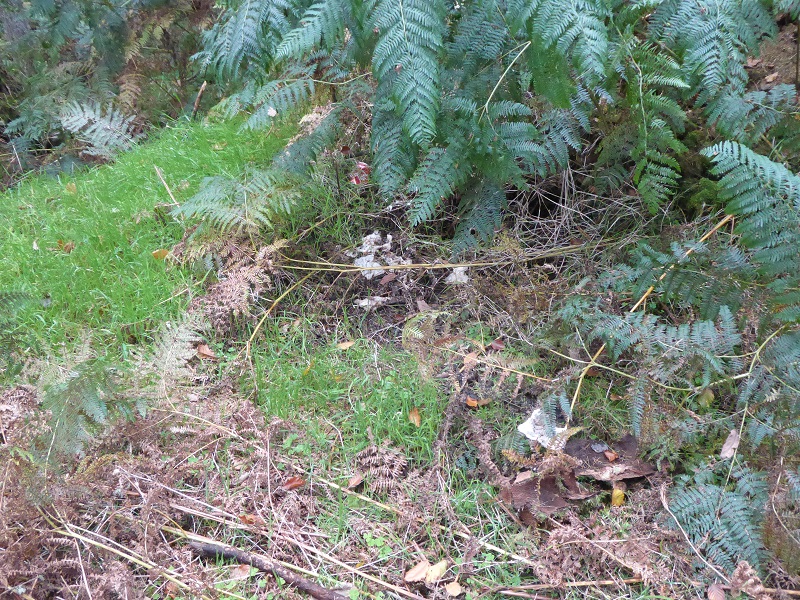
Prior to the camping byelaws, the architects of the Five Loch Visitor Management Plan for the Trossachs appear to have understood all this. That plan contained a number of practical proposals to reduce impacts in the areas most popular for camping, including the installation of toilets. Unfortunately, that plan was abandoned before it was even half implemented – the campsite area at Loch Lubnaig was its main legacy – although some of the ideas and proposals carried over into the original plans that accompanied the camping byelaws. Toilets were, for example, originally promised for the south shore of Loch Earn but have never been delivered. Unbelievably, part of the approach that the LLTNPA is now proposing to test in its new pilot at Loch Earn is to inform campers of the nearest public toilets. In most cases those are several miles away and the advice is, as a consequence, useless.
Installing new flushing toilets is very expensive. That partly accounts for the enormous cost of the campsites the LLTNPA have created at Loch Lubnaig, Loch Chon and Loch Achray.
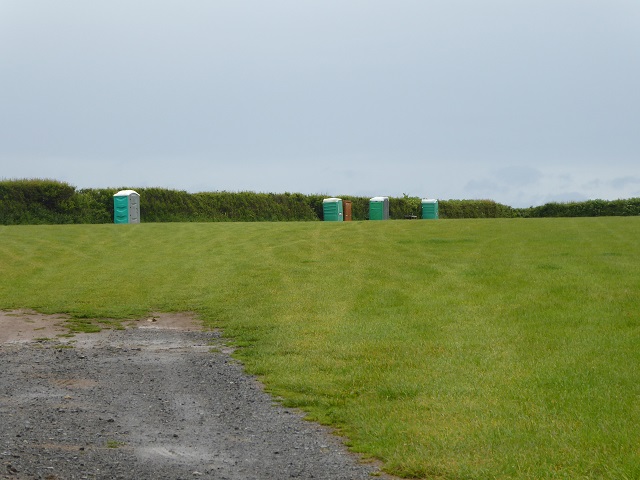
There are, however, and always have been alternative, much for affordable, solutions such as composting toilets or portaloos. These are commonly used in other National Parks in the UK during the height of the tourist season. The problem is the LLTNPA have so far refused to consider them.
The current poo pilots need to be seen in that context. They are once again about trying to change campers’ behaviour, rather than providing the basic infrastructure that is needed and ignore the fact that other visitors also need to go to the toilet.
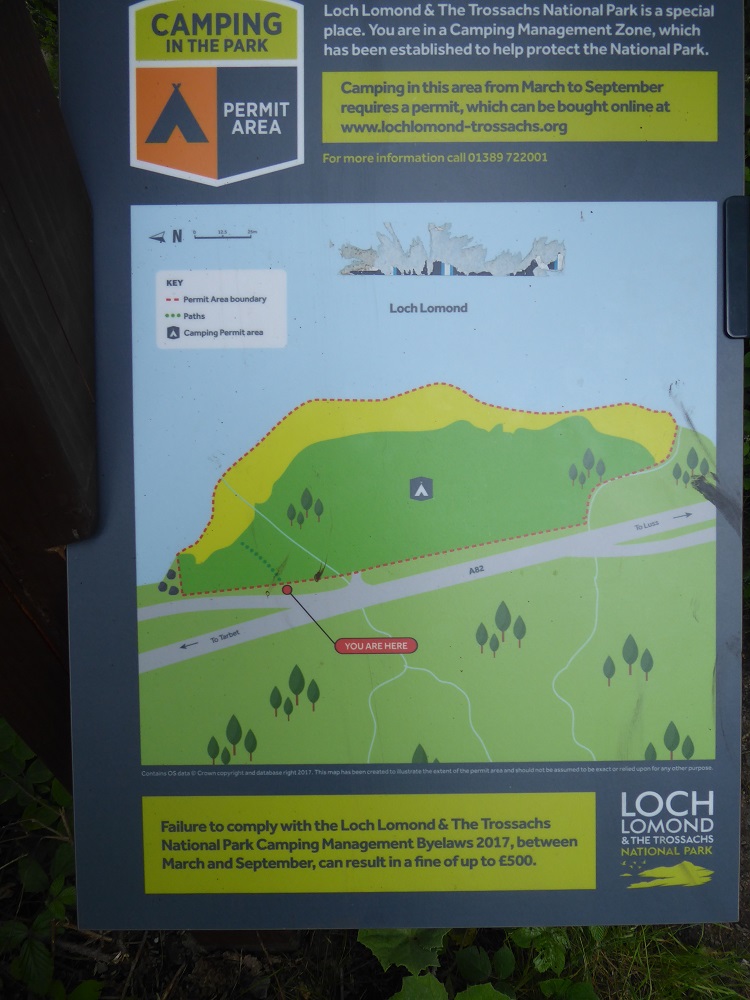
Suie field, on West Loch Lomond, is 50m from the A82 and a large layby. The pilot involves asking campers to bag their poo and putting this in a special bin which the Park will empty. The news release describes this as “radical” though such measures have been used for snow holing at Cairn Gorm for years. Whether such techniques, which have been used for remote areas across the world, are appropriate for a roadside site is another matter. Why not just put in a portaloo at the edge of the layby? No education or behaviour change would be needed to make that work.
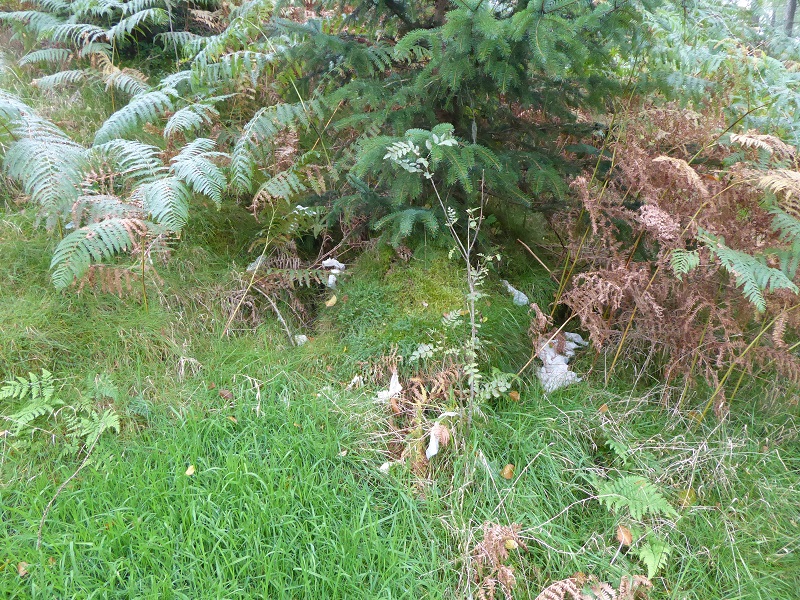
The problems at Forest Drive are very much of the Park’s own making as, unlike Suie Field, relatively few people used to camp there before the camping byelaws forced them into the area. With the creation of the Loch Achray campsite, its now also one of the best provided areas in the National Park for toilets, with toilet blocks at both Loch Achray and Loch Drunkie. However, given the length of Forest Drive and the one way system, if your permit area is not within easy walking distance of a toilet, you can face a five mile round drive to go to the toilet and get back to your tent. Within that context the provision of trowels for campers at Forest Drive, which is akin to the provision of shovels in bothies, appears a fairly sensible idea. If it works, it will add to the argument that the current byelaws, which ban camping by most of the lochs in the National Park, could be replaced by new byelaws which allow people to camp again SO LONG AS THEY CARRY A TROWEL WITH THEM.
The evidence the LLTNPA tried to cover up
In the report the LLTNPA Board sent to Scottish Ministers in December 2017, after the first camping byelaw season, there was a reference to human excrement being an issue:
“The problem of litter and human waste continues to be a longer term problem at some permit areas [actually, its been made worse] and further work is required to reduce this issue which has negative effects on the surrounding environment and visitor experience.” (December 2017).
There was, however, no attempt was made to analyse the problem which was presented within a context where the LLTNPA claimed that 86% of the feedback received on camping permit areas was positive. I found that claim hard to believe (see here). I therefore asked the LLTNPA under Freedom of Information for a copy of all the detailed comments made by respondents to the online survey. The LLTNPA refused this, I appealed to the Information Commissioner who in March this year – over a year later – ordered the Park to release the information.
Reading the comments, its quite clear why the Park did not want them to be made public as they undermine the claim that people’s experience of the camping byelaws has been overwhelmingly positive. I will look at this in more detail in due course, but meantime here is a sample from the first 100 comments (out of 835) on the permit areas which refer to the problem of human waste and lack of toilet facilties:
“First, the good… The booking system is excellent and £3 is great value. Comprehensive and useful information is provided with your booking. I was on Pitch F and it’s a beautiful spot to camp and really accessible if you’re with a child like I was. It was a brilliant experience for her to arrive by bike and camp in the woods. However… I was pretty appalled at the state of the camping area. I picked this pitch because I know it pretty well. I’ve launched my canoe from there and visited many times before it became a designated camping area. People have always camped there too, but with pretty low impact. However, after just a few months as an official pitch, the ground is suffering badly. There are fire scars developing in several spots and there’s a lot of litter. More seriously is the human waste. There are piles of it everywhere, along with abandoned toilet paper. I know clear guidance on this is provided when you book, but it’s clearly being ignored. It’s unpleasant, a major health hazard and will undoubtedly have a big environmental impact. And this is just after the first season of permitted camping”
“We camped right on the furthest ‘island’ part of the area, which was just stunning. Unfortunately two other people had used the stunning views as a place to defecate and had left everything behind, without even digging a hole. This was rather unsettling, especially with the flies gathered around. We had to move one as it was o close to camp, the other was on the rocks by the water.”
“Toilets open for use 24/7”
“I would recommend 2 things: 1) it wasn’t totally clear that the public toilets would be closed during the night. [Comment: talk about problems being of the Park’s own making!] 2) adding some recycling bins in addition to waste bins if possible.issue”
“Provide appropriate areas for setting up a tent not torn up boggy areas full of puddles. I am also very disappointed to see faeces in the camp site with dirty toilet paper this is highly unacceptable. As we are paying for a camping pitch this behaviour is discusting. There is several bags of rubbish been abandoned at the site also. After informing the rangers they done nothing to resolve this matter. Informing us to report it on our feed back form. I am also very concerned about the water pollution. I have been taking my boat on Loch Drunkie for many years now and have been strictly informed by the forestry rangers that there is a strict rule of no petrol outboards. ELECTRIC only. Can you please give me an explanation as to why there was 4 boats on the water with petrol engines filming with the BBC. I wait patiently on your response.”
“Facilities should be provided as there is none at present for toilet or washing.”
It was also not just human waste that was the issue:
“Sad to see rubbish left lying around even though there were bins only a few feet away also dogs mess left in the camping area”
LLTNPA senior staff kept these comments, and many others like them, from both the Board and the public. Had they been available it would have been very hard for the Park to claim to Scottish Ministers that 86% of people sampled thought the byelaws a success. Time now for the Park Board to explain to Ministers why the detailed comments do not support the ratings they reported and to inquire whether the data has been manipulated in some way.
As a result of the Information Commissioner’s decision the LLTNPA, when providing the information as required in May, quietly created a section on its website called “camping feedback” (see here). As well as the response to my FOI request for the information from 2017, they have added the feedback they received for 2018. A small step in the right direction.
It appears that staff knew they were likely to lose the appeal to the Information Commissioner because the Update Report to Ministers in December 2018 provides several references to feedback given by campers in 2018, including the problem of human excrement. They can now say all this information is public. Whether they now provide a proper analysis of what this says about the camping byelaws is another question but I hope the feedback will be read by all Board Members and our politicians who were conned into believing camping byelaws were the solution to a whole host of issues.
The poo pilot and the proposals to improve visitor infrastructure on West Loch Lomond
The day after announcing the behavioural change pilot, the LLTNPA issued a news release (see here) announcing a £500,000 investment to improve toilets, parking and bins at Luss, Tarbet and Inveruglas. This is being paid for by the Scottish Government’s Rural Tourism Infrastructure fund. One might ask why not even our National Parks have sufficient budgets to do this themselves but have to go cap in hand to the Scottish Government? Centralised control of budgets has had the unfortunate consequence that work on some of the toilets will take place during the busiest part of the tourist season and result in them being closed (when will civil servants start to be held accountable for stupid decisions?).
The news release made no reference to the poo pilot. Its as though the LLTNPA wants to separate the needs of campers from those of general tourists, with one group being provided with facilities and the other being expected to change their behaviour. There was, thankfully, no appeal to the general tourist in the news release “to before you go” but the quote from the Park’s Chief Executive, Gordon Watson, suggests he is still reluctant to see provision of appropriate visitor infrastructure as being the responsibility of the National Park:
“While people primarily visit for the scenery and recreation opportunities on offer, things like high quality toilets, parking, campervan facilities and bins can make a huge difference to a visitor’s overall experience”
Comment: of course people don’t visit our National Parks for the toilets but that doesn’t mean shouldn’t have a right to expect appropriate infrastructure once they have arrived.
“Over the last four years we’ve seen a 50% increase in visitors using our toilet facilities around Loch Lomond. The current facilities, built over 20 years ago, were not built to cope with this volume so improving them is a key priority for us.”
Comment: this appears correct, long queues have often formed at the toilets at Luss for example, but it rather begs the question of what infrastructure is needed to support the problems the LLTNPA has created in the camping permit areas?
The proposals will, however, be of some benefit to campers and campervanners. At long last (see here) the LLTNPA is installing a public chemical disposal facility for campervanners at Tarbet. At least three to four more are now needed to cover the rest of the National Park but it appears the LLTNPA has accepted the principle of public chemical toilet provision – for a price?
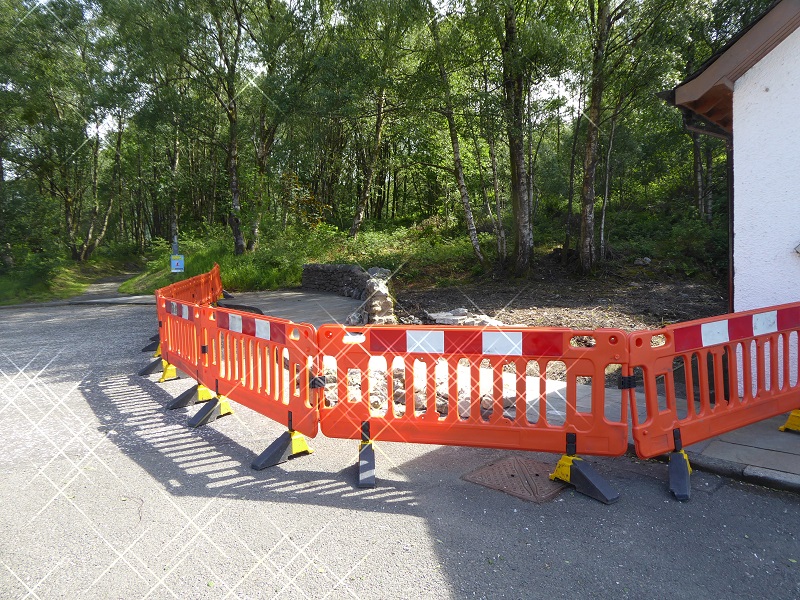
And following a suggestion made on parkswatch back in May 2017 (see here) it is great to see the toilets at Inveruglas will now be made accessible 24 hours a day (probably through creating an outside entrance). The challenge for the LLTNPA now is ensure that once the work is completed ALL the toilets run by the National Park remain open 365 days a year instead of being closed during the winter (as happens at Firkin Point and Rowardennan for example) and are free to use.
Unfortunately, it appears likely that the LLTNPA sees this investment as an opportunity to make money and further commercialise tourism in the National Park. The LLTNPA has been working on automated number plate charging systems for both Inveruglas and Tarbet for almost three years now (see here). It seems likely they will use the presence of improved facilities, which have basically been paid for by the Scottish Government, as an opportunity to extort more money from the public following the example of Argyll and Bute Council’s rip-off parking charges at Luss and Arrochar (see here).
What needs to happen
Instead of disconnected and opportunistic initiatives, capital investment in new infrastructure for general tourists and behavioural change for campers, the LLTNPA needs to take a holistic look at what infrastructure is needed to support ALL visitors to he National Park. This should include public transport provision (climate change emergency remember!), permanent toilets, litter bin provision and litter clear-ups, seasonal toilet provision (portaloos), campervan stop off points and car parks. There should also be an agreed plan, which covers both the National Park and local councils, as to what charges, if any, should be made for using these facilities.
The Five Lochs Visitor Management Plan, developed by among others Grant Moir, who is now Chief Executive of the Cairngorms National Park, and former Police Chief Inspector Kevin Findlater, provided an excellent model of how to do this. Development of such plans across the National Park should now be a priority and, given the level of investment, west Loch Lomond would be a good place to start.

Comment received by email from Catherine Harley: “In NZ we found toilet facilities at almost every trailhead and car parking facility in some very remote places. If there was no water supply then there was a compost/longdrop loo. It can be done – we need to learn from NZ.”